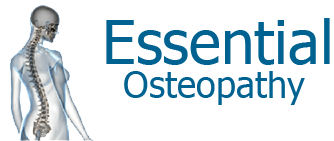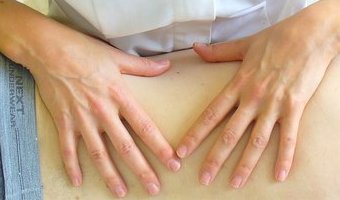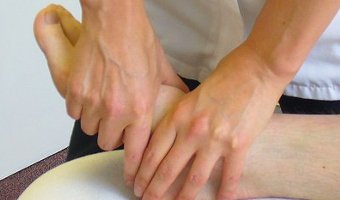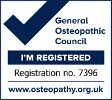Back to the basic principles of Osteopathy
For your general interest, there are four main principles that were established by the founder of Osteopathy, Andrew Taylor Still, at the end of the 19th Century. They form the basis of Osteopathic philosophy and thinking and influence the decisions made in diagnosing and treating patient’s symptoms:
- The body is a unit
The whole body is greater than the sum of its parts with each part affecting each and every other part of the body
- Structure and function are reciprocally interrelated
The body is an integration of person’s structure (anatomy) and function (physiology). If the structure of the body is compromised, through overuse injuries or a chronic problem for example, the function will be adversely affected in terms of pain, stiffness, instability, etc and vice versa
- The body is its own medicine chest
The body is usually able to resolve nearly all but the most serious of conditions by removing restrictive barriers and enabling their own healing mechanisms to be stimulated and supported
- The rule of the artery is supreme
Healing requires a good blood supply to provide the necessary immune support and nutrients







